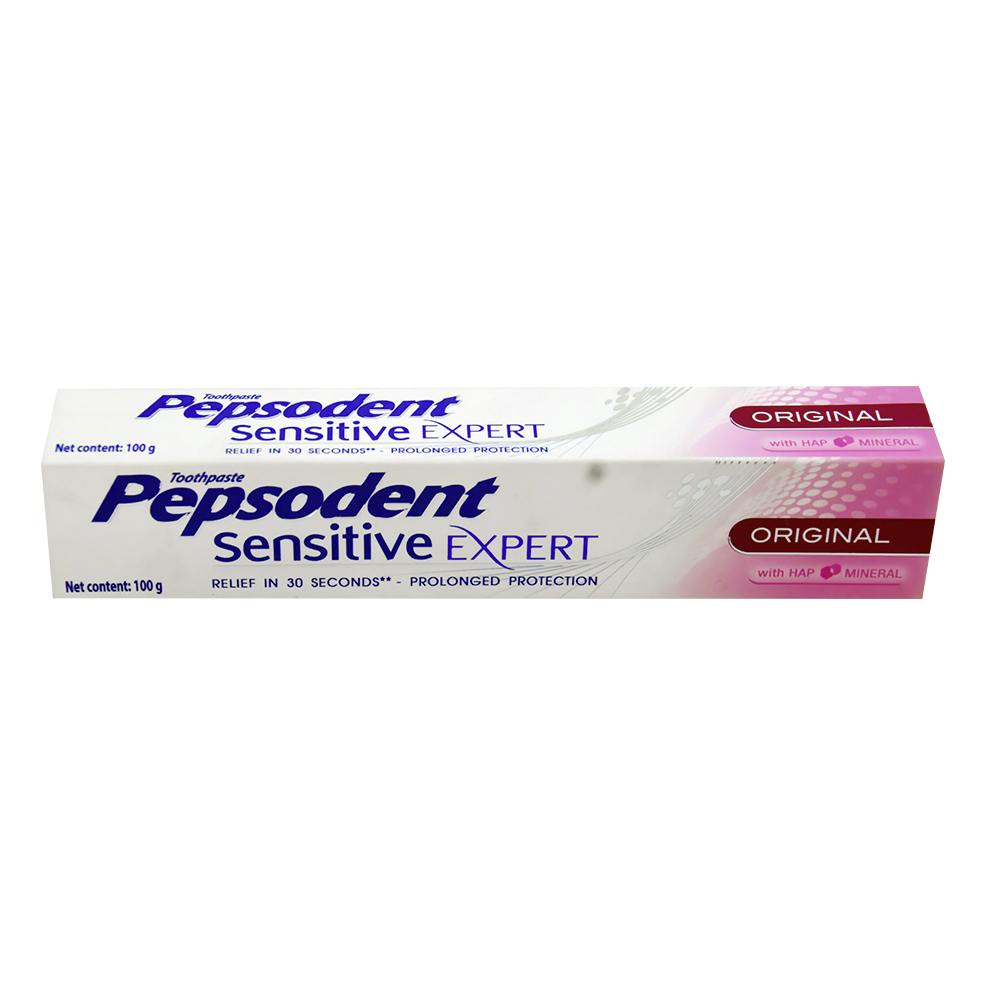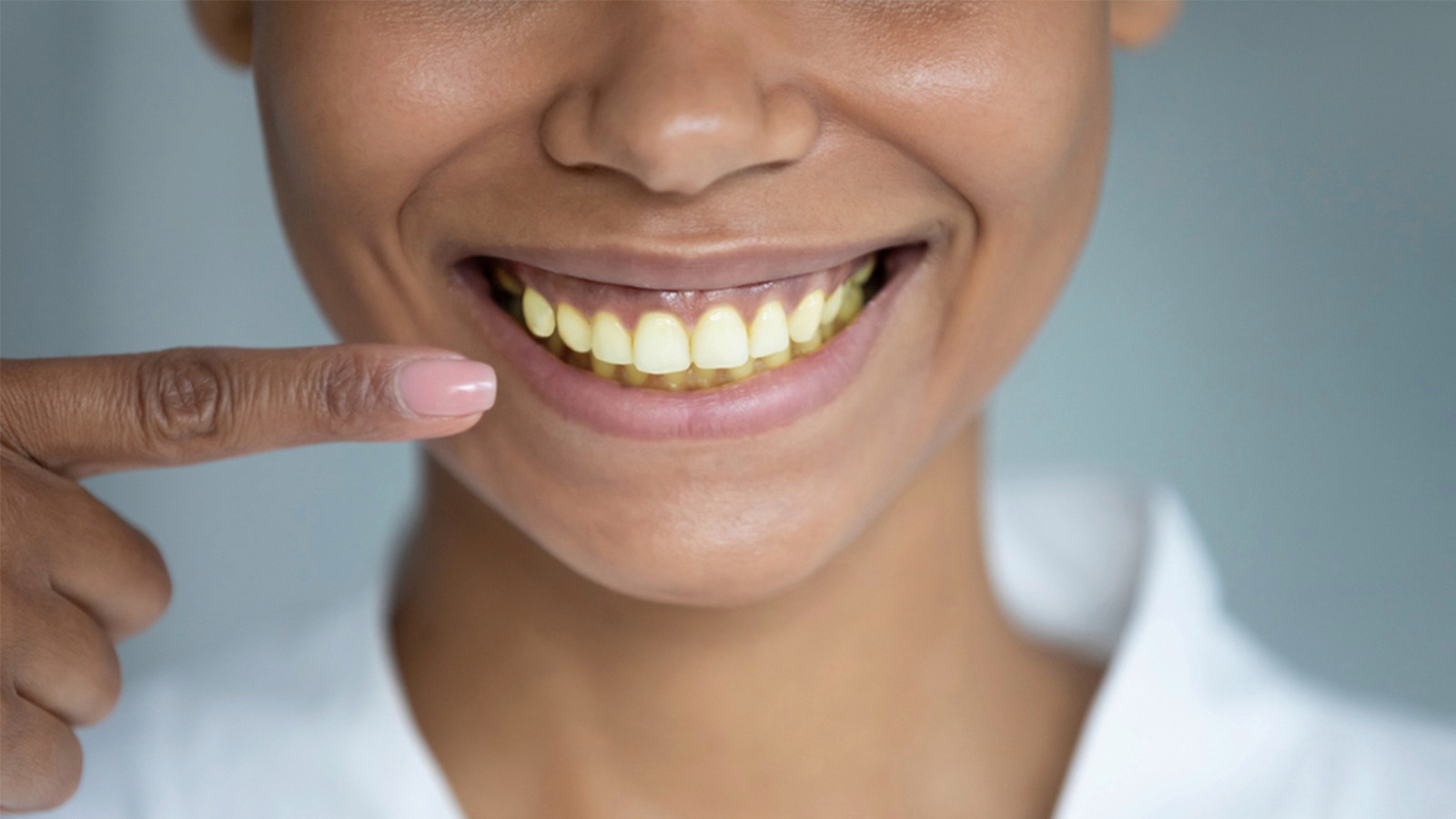What are the signs and symptoms of gum disease?
- Inflamed gums
- Bleeding gums
- Receding gums
- Bad breath
- Loose teeth
If you have any of these symptoms, you should book an appointment with your dentist. In the meantime, there’s plenty you can do yourself to look after your irritated gums.
Improve your oral health routine
Gum disease is mostly caused by inadequate brushing and flossing. So if your teeth cleaning routine has been a little hurried recently, it’s time to make some adjustments. Brush your teeth at least twice a day using a soft bristled toothbrush or a toothbrush recommended by your dentist.
You can also try Pepsodant toothpaste and toothbrushes, which are designed to help prevent gum disease.
Pepsodent SmartClean toothbrush has deep cleaning V-bristles that reach between teeth and a tongue cleaner that helps reduce plaque by removing bacteria, while Pepsodent Sensitive Expert original toothpaste is powered by thousands of cleaning microgranules that enable interdental cleaning – it also contains zinc, which is an effective antibacterial ingredient that prevents plaque build-up.
Since food can often get stuck between the teeth, it’s also essential to floss at least once every day. Make sure you get the floss right up between the gum and each tooth.
Enjoy a gum-friendly diet
Your diet has more of an impact on your gum health than you might think. It’s not just sugary foods you need to watch out for: any nutritionally deficient foods such as refined white bread are bad for your gums. Meanwhile, nutrient-rich foods such as vegetables and wholefoods nourish your gums, helping them stay strong and healthy. Zinc, which is also an active ingredient in our toothpastes, is vital for bone and tissue formation, so try including more zinc-rich foods such as spinach, kidney beans, and chickpeas in your diet.
Give up smoking
You already know smoking is bad for your lungs, but did you know it’s also bad for your gums? Scientists agree that smoking prevents your gums getting essential nutrients, making them more vulnerable to the inflammation that leads to gum disease.
We understand that it’s hard to quit, but it’s one of the best things you could ever do for your health – your gums included.
So, listen to what your toothbrush is telling you. If you spot blood, take charge of your oral care routine, and brush, floss, rinse and repeat for healthier, more confident smiles.







